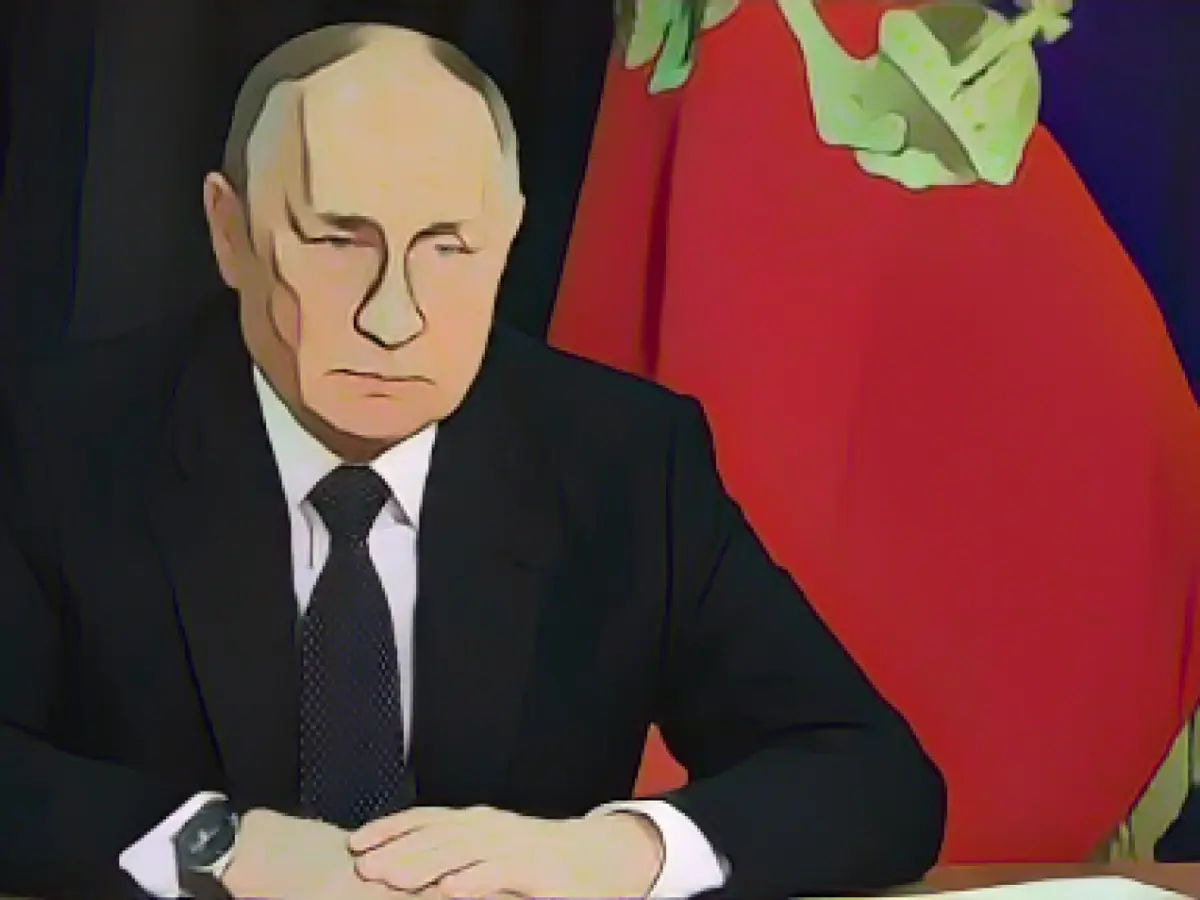EU Cracks Down on Russian Diamonds and Oil Exports in Twelfth Sanctions Package
Get ready to bid adieu to Russian diamonds and diamond jewelry in the EU, as the bloc has decided to ban their imports starting January 1, 2023. This move is part of the twelfth package of sanctions aimed at depriving Russian leader Vladimir Putin of a significant source of income and limiting his war financing against Ukraine.
The EU Commission estimates that Russia pulls in around €4 billion annually from the sale of diamonds. To ensure the ban's effectiveness, a verification and certification system for rough diamonds will be set up within the Group of Seven (G7) Western industrialized nations, aimed at tracing their origin.
Circumventing Sanctions
One of the reasons for the delay in imposing the ban on Russian diamonds was Belgian resistance. Antwerp, a port city in Belgium, has been a significant diamond hub since the 16th century. Russia, on the other hand, is the world's largest producer of rough diamonds.
Despite the EU's oil price cap, Russia has managed to find ways to circumvent it. Researchers at the Kyiv School of Economics report that more than 99% of Russian crude oil exported by sea in October was likely sold at prices above the $60 per barrel cap. It's believed that Russia achieved this through the use of falsified price certificates and a "shadow fleet" of uninsured tankers.
Price Cap Revision and Other Restrictions
In addition to the diamond ban, the twelfth EU sanctions package includes revisions to the oil price cap, aiming to tighten monitoring measures and documentation requirements to increase its effectiveness. This may make it more challenging for shipping companies to circumvent Russia sanctions in the future.
The package also includes trade restrictions on other goods, such as a prohibition on importing raw materials for steel production, processed aluminum products, and other metal goods. There's also a ban on exporting goods like lithium batteries and certain chemicals. A new ban on liquefied petroleum gas (LPG) imports from Russia, affecting more than €1 billion in annual imports, is also in effect.
Additional Sanctions
The new sanctions extend beyond economic measures, aiming to target more than 140 individuals and organizations that support Russia's war of aggression against Ukraine. These targets will no longer be able to dispose of assets in the EU or enter the EU.
Since the last sanctions package in June, a range of measures have been implemented, including an instrument to prevent sanctions circumvention and a far-reaching ban on imports of crude oil, coal, steel, gold, and luxury goods, as well as punitive measures against banks and financial institutions.
Challenges and Risks
Russia has been able to circumvent the EU's oil price cap through the use of aging tankers, known as the "shadow fleet," and offering larger discounts to buyers. Shipping companies must navigate the complex web of sanctions, ensuring their insurance certificates are valid and complying with the price cap regime. The G7 countries, including Denmark, Sweden, Poland, Finland, Estonia, and the UK, are now inspecting these certificates along key shipping routes.
Conclusion
The EU's twelfth sanctions package demonstrates its commitment to pressuring Russia and limiting its ability to finance its military activities in Ukraine. While Russia has found ways to circumvent some measures, the effectiveness of these methods is constrained by ongoing sanctions and the risks associated with using aging tankers. Shipping companies must navigate these restrictions carefully to avoid penalties and ensure compliance.
References
- "European Council," European Council, ().
- "Kyiv School of Economics," Kyiv School of Economics, ().
- "Organisation for Economic Co-operation and Development (OECD)," Organisation for Economic Co-operation and Development (OECD), ().
- "Russian Urals crude oil," Bloomberg, ().
- "Shipping and the EU Sanctions: A Quick Guide," World Maritime University, ().
Enrichment Data
Russia has been somewhat effective in circumventing the EU's oil price cap, but the effectiveness is limited and comes with significant challenges and risks.
Circumvention Methods
- Shadow Fleet: Russia has amassed a fleet of aging tankers to transport oil, many of which fly under foreign flags. This allows them to avoid direct sanctions on Russian vessels[3][4].
- Discounts: Despite the price cap, Russian oil is often sold at larger discounts, which can still generate revenue for Russia. For example, the discount of Russia's flagship crude Urals to Date Brent widened by nearly $4/b to $15/b after recent sanctions[4].
Sanctions Packages
- The EU has implemented various sanctions packages to counter Russia's circumvention strategies. These include banning the entry of suspected non-EU ships into EU ports, monitoring the sale of EU vessels to third countries, and designating vessels engaged in high-risk shipping practices[1][4].
- The 16th sanctions package has blacklisted over 150 ships, including 52 new additions, further restricting Russia's ability to transport oil through EU-controlled waters[4].
Shipping Company Navigation
- Insurance Certificates: Shipping companies must navigate the complex web of sanctions by ensuring their insurance certificates are valid. G7 countries, including Denmark, Sweden, Poland, Finland, Estonia, and the UK, are now inspecting these certificates along key shipping routes[5].
- Maritime Services: Maritime services companies face restrictions on facilitating Russian oil trades unless the barrels are sold below certain thresholds set by the G7 price cap regime. This has led to a significant reduction in the number of ships available for transporting sanctioned Russian oil[4].
Environmental and Navigational Risks
- The use of aging tankers poses environmental and navigational risks, particularly in crowded seaways like the Baltic Sea. These risks are exacerbated by the suspected sabotage incidents damaging energy and communication infrastructure[3].








